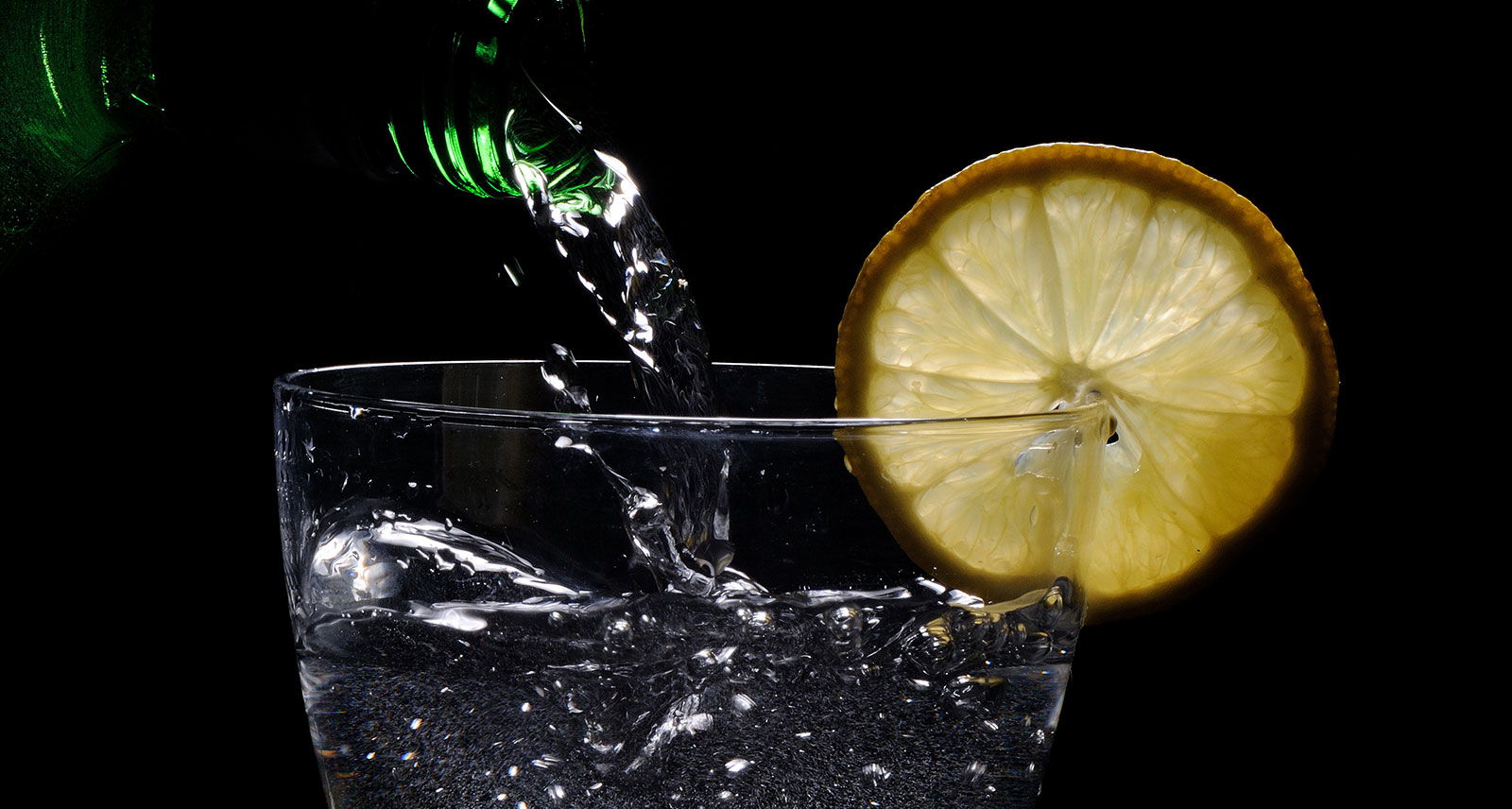A Cold Kick to the Head: A Brief History of Gin
In an ironic turn that would make O. Henry proud, my editor came to me with the idea of starting a drinks column right as I’d decided to ease up on my drinking. After five years, I was finally finishing my book about hangovers, and it felt like I needed a break from the sauce — for at least a month or so.
“Well, you don’t have to drink to write about it,” he said. “Surely you have enough experience to draw from already.”
I chose to take this as a compliment. But here’s the thing: although it may be true that one doesn’t have to drink while writing about drinks — it sure makes one thirsty. So, to weaken the intemperate temptation, I decided to devote my first column to my very least favourite type of booze: gin.
I realize that other people seem to really like the stuff, but to me it tastes both acrid and floral, and also duplicitous, as if gin’s true state is not clear and liquid but violet and gaseous — like some perfumed medicinal belch that sticks in your nose and starts to burn. I do, however, find most other things about it fascinating.
The history of Dutch Courage began — of course — in Holland. Be it heroin, hash or hootch, the Dutch have long been in the business of making natural products unnaturally intoxicating. And while foreigners claim that shitty weather was what made inebriation such an integral part of lowland life, it was perhaps also something in their inventive character, and the fact that they had so much crazy stuff lying around, just waiting to be experimented with.
They ruled the seven seas, so virtually everything — the most exotic fruits and spices, roots and petals — found its way to Dutch ports every day. But it was the juniper berry that quickly became most popular as an additive to early pot-stilled brews. Not only did it mask the harsh taste of rudimentary alcohol but, in an era when health and intoxication were not seen as mutually exclusive, the juniper berry (known to help with digestion, infection, toxicity, asthma, pain and inflammation), combined with alcohol (known to help with dropsy, palsy, the twitches, the jitters, the blues, melancholia and mortality) made it the perfect tonic for all that might ail ye. This early form of gin was known as jenever, and the ships of the East and West Indies Companies left Holland full of the stuff, then returned with the wealth of nations. Also monkeys — they returned with lots of monkeys.
I bring this last point up because of In’t Aepjen, one of my favourite bars. Translated as “In the Monkeys,” it is widely known as Amsterdam’s oldest gin-joint — or at least the place that’s been serving jenever longer than anywhere else around. And although the stuff still tastes very much like gin, when I’m there it’s what I order — which I think has a lot to do with how you’re supposed to drink it. Traditionally, jenever is served ice-cold in a tulip-shaped glass and filled right up to the brim. You can’t pick it up without freezing your fingers or spilling the stuff. You bend your head down and either slurp it from the glass like one of those dipping bird toys, or shoot it right back with the tulip in your mouth. When followed by a beer chaser, this is called a kopstooje, or “little head kick.” It allows someone like me to rocket it right past my tastebuds, then bury any lingering notes with a gulp of Amsterdam ale.
In the In‘t Aepjen they’ve been kicking themselves in the head for half a millennium or so now. It’s still the closest inn to the old port, and where — back in the day — sailors bunked down for shore leave. Apparently when they ran out of money, some of them paid their tabs with monkeys brought back from South East Asia — which gave the bar its name.
Also, apparently, people tended to get shanghaied there — that is, coerced or kidnapped into working on the ships. One moment you’d be head-kicking jenever and the next you’d wake up in a room upstairs, hungover, half-devoured by fleas from all the monkeys, with a year-long seafaring contract pinned to your itchy chest. And thus the popular Dutch saying, “In de app gelogeerd,” or “to stay with the monkeys.” It can be used for all sorts of trouble in which you might find yourself. But, most evocatively and precisely, it describes the phenomenon wherein what looked like a good idea at the time comes back and bites you in the ass — like some kind of gin-soaked monkey flea.
In a way, this is what happened to jolly old England when the Brits started drinking gin. After taking the British throne in 1688, William of Orange — brimming with Dutch courage — looked out on his overabundant cornfields and passed an act allowing anyone in England to make hard booze upon ten days notice and payment of a small fee.
A recognizable swig of gin was a helluva lot easier to formulate than, say, Scotch, which is created through the alchemy of barrel aging, or vodka, which depends on refined distillation to reach a purified state. All you needed for gin was some corn and a handful of berries. And what resulted was a torrent of blinding booze, then decades of mass drunken lunacy that almost toppled an adolescent empire. If you read enough accounts of the gin craze in London, the city appears before you like a mash-up of Victorian zombie apocalypse, crack epidemic, and good old godly hellfire.
Of course none of this has anything to do with why I don’t like gin. But neither is it simply a matter of taste — which could very well be an acquired one. I’ve known many fine people, with commendable palates, who straight up love gin — even straight-up. And it’s not like I haven’t tried. I’ve done my best, over the years, to grow up and give gin another chance, again and again, in all sorts of concoctions. But still, there remains some fundamental aversion that makes me gag.
Truth be told, I chart this back to my high-school girlfriend, and the night we broke up. Mary was a year younger than me and played the drums and lived in a mansion. She was cool, funny and very pretty, with large green eyes and fire red hair that tasted not unlike gin. For some reason, the punky hair dye of the late ’80s and early ’90s was made from juniper and alcohol, and that was fine with me when times were good.
But on what would be our last night as boyfriend and girlfriend we both guzzled a bottle of Gordon’s Gin like debauched Victorians or Dutch sailors. Which is to say, we drank like idiotic adolescents, until it came back to us, or rather out of us, with a vengeance. And that wasn’t even the worse thing that happened that night. Though the rest should remain locked away in some dungeon of high school memory, let it suffice to say that even the most balanced gin martini would forever taste and smell to me like Mary’s rock’n’roll hair, reverse-peristalsis and ridiculous teenage heartbreak.
It is a phenomenon that my philosopher friend and former drinks columnist Mark Kingwell refers to as “heavily over-determined,” meaning that even if gin were objectively delicious, I probably still wouldn’t be able to swallow it — except, perhaps, as a quick cold, kick to the head.
But who doesn’t need one of those every now and then?










